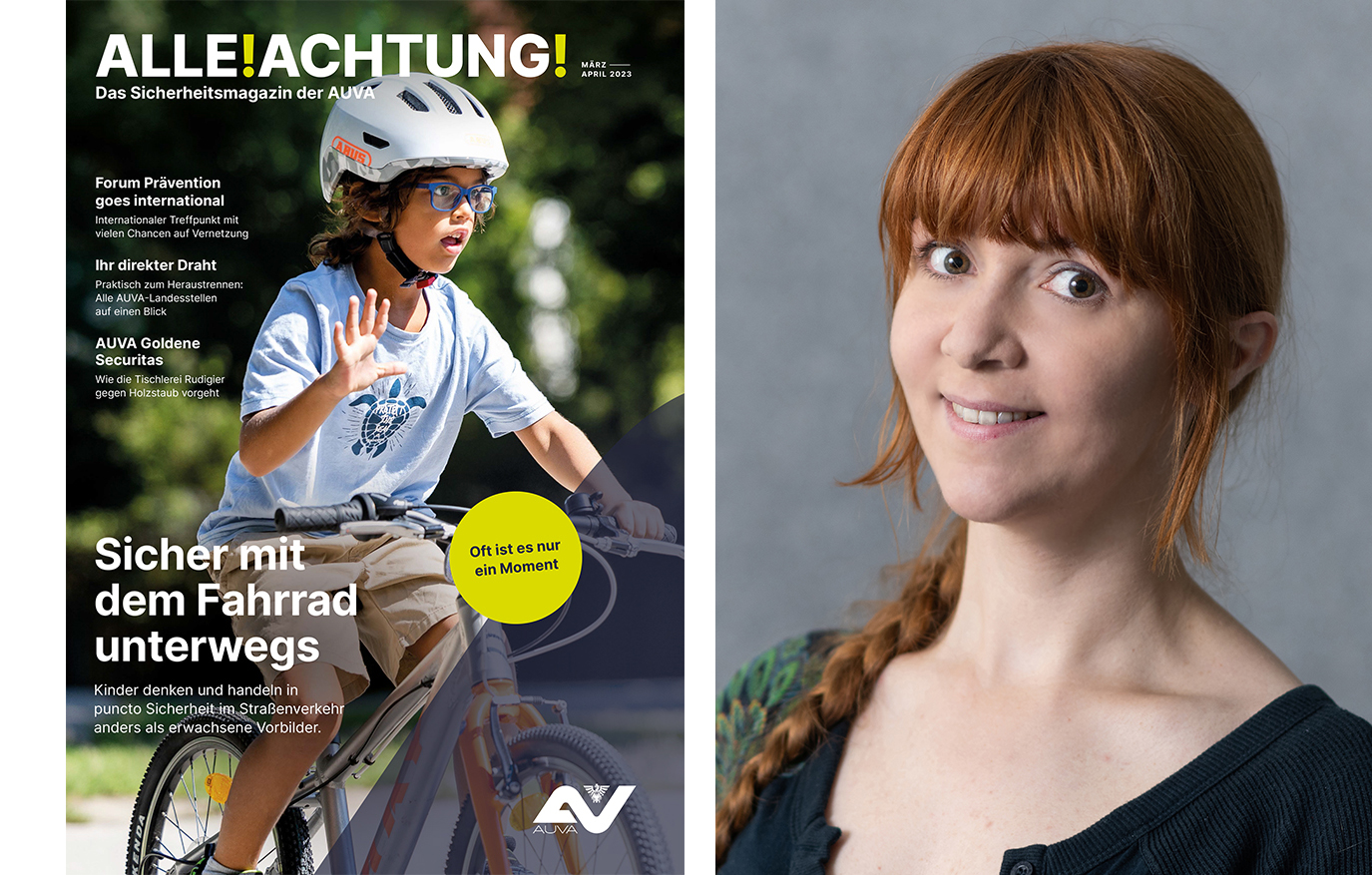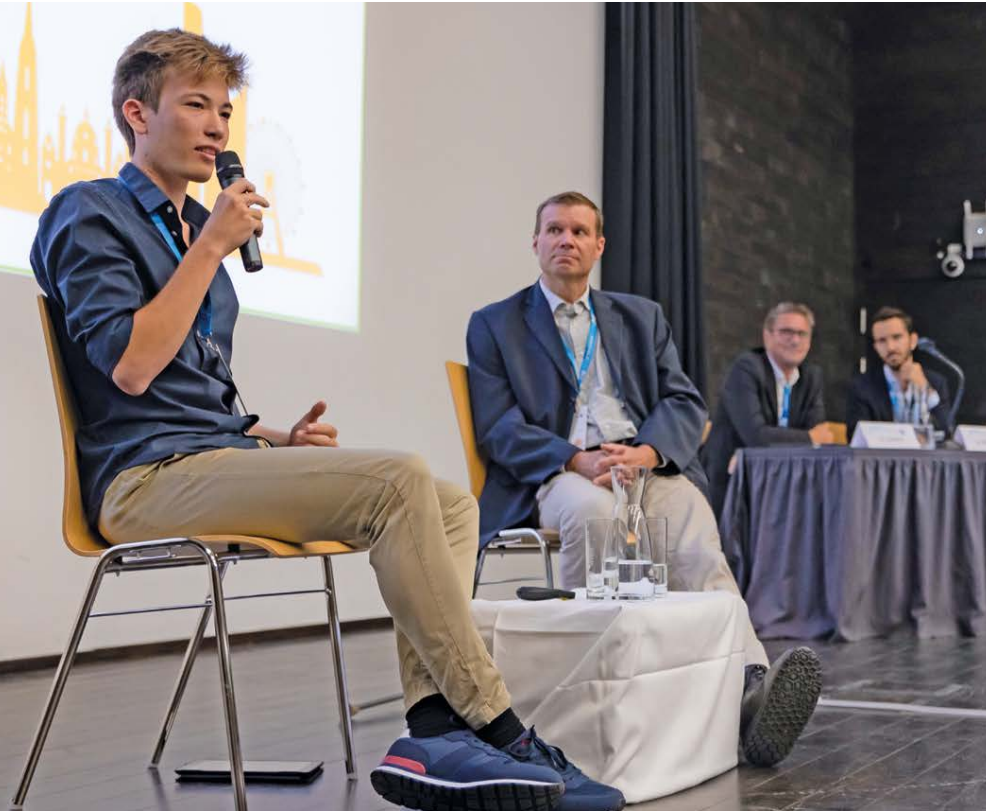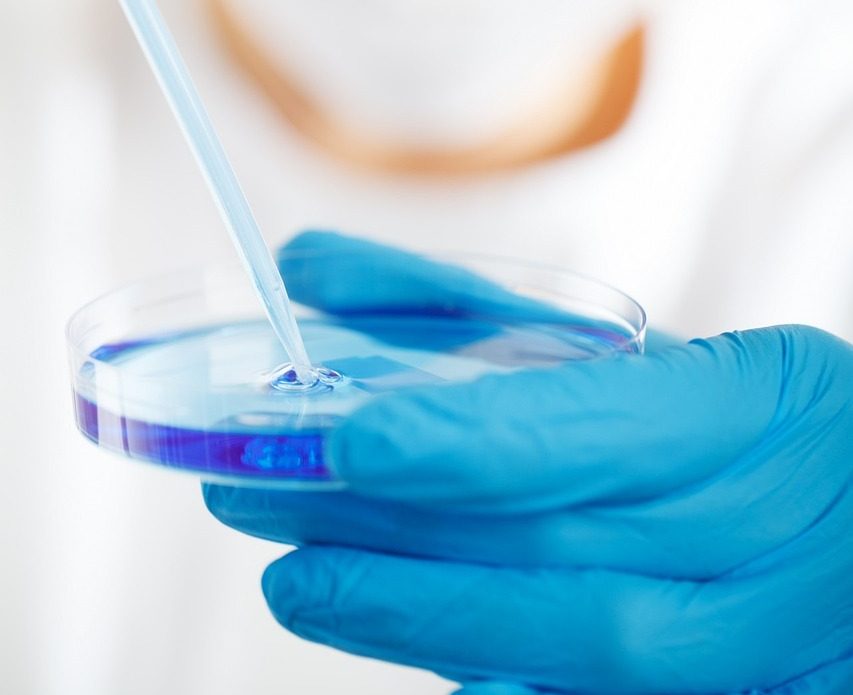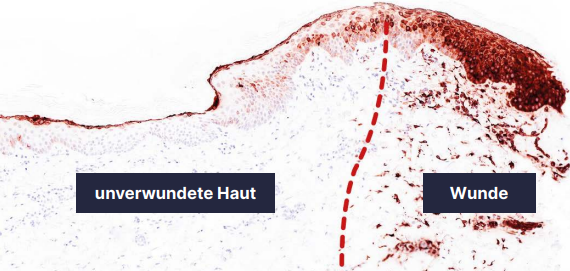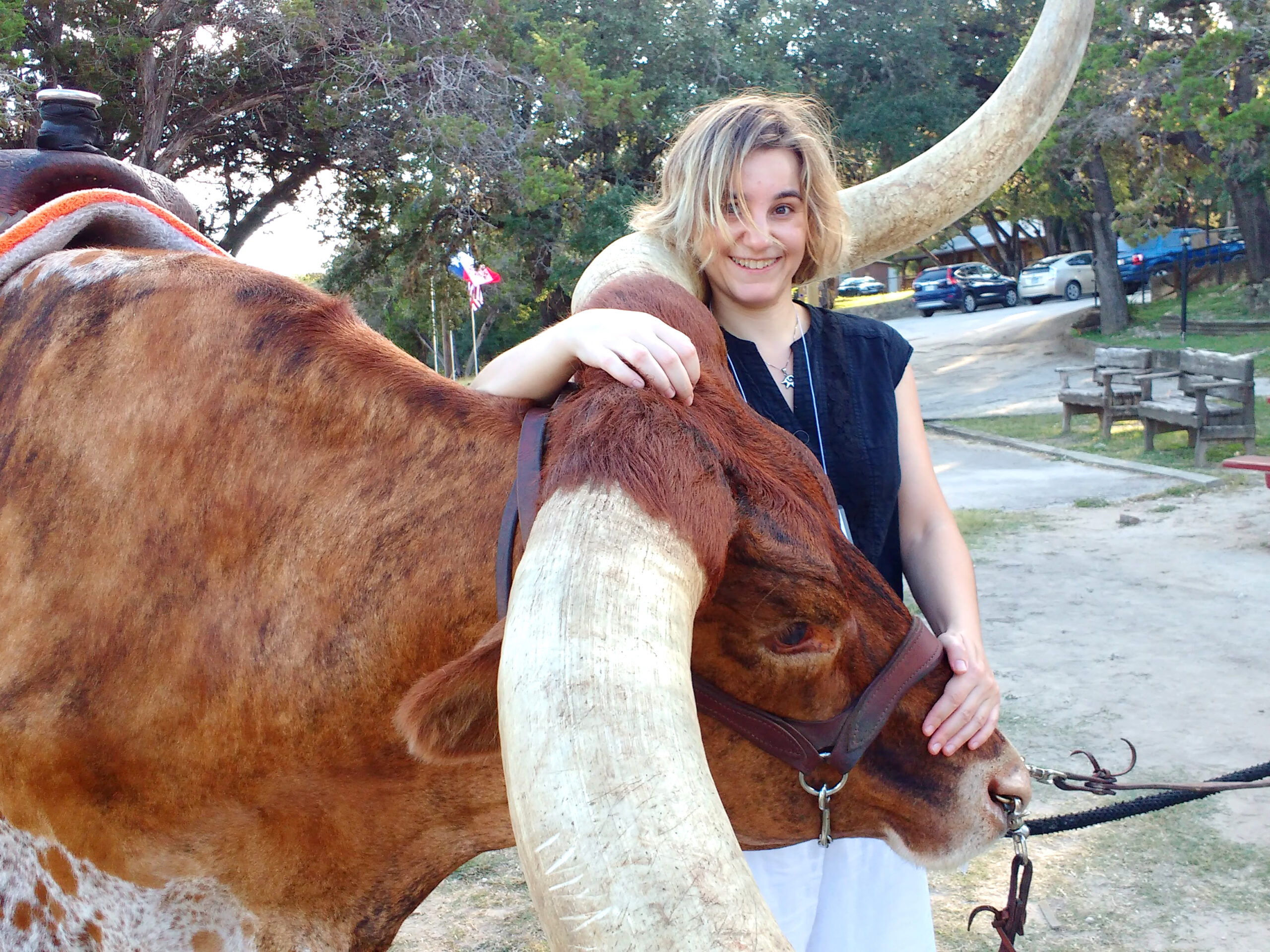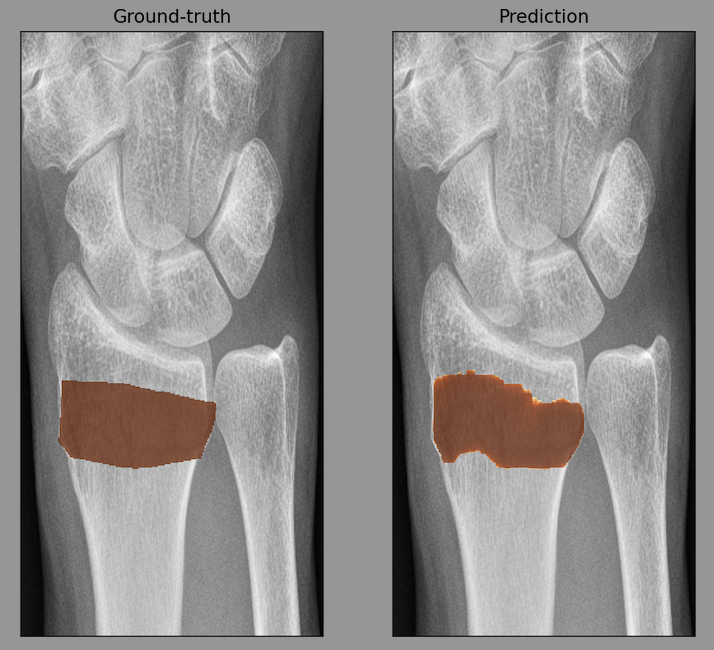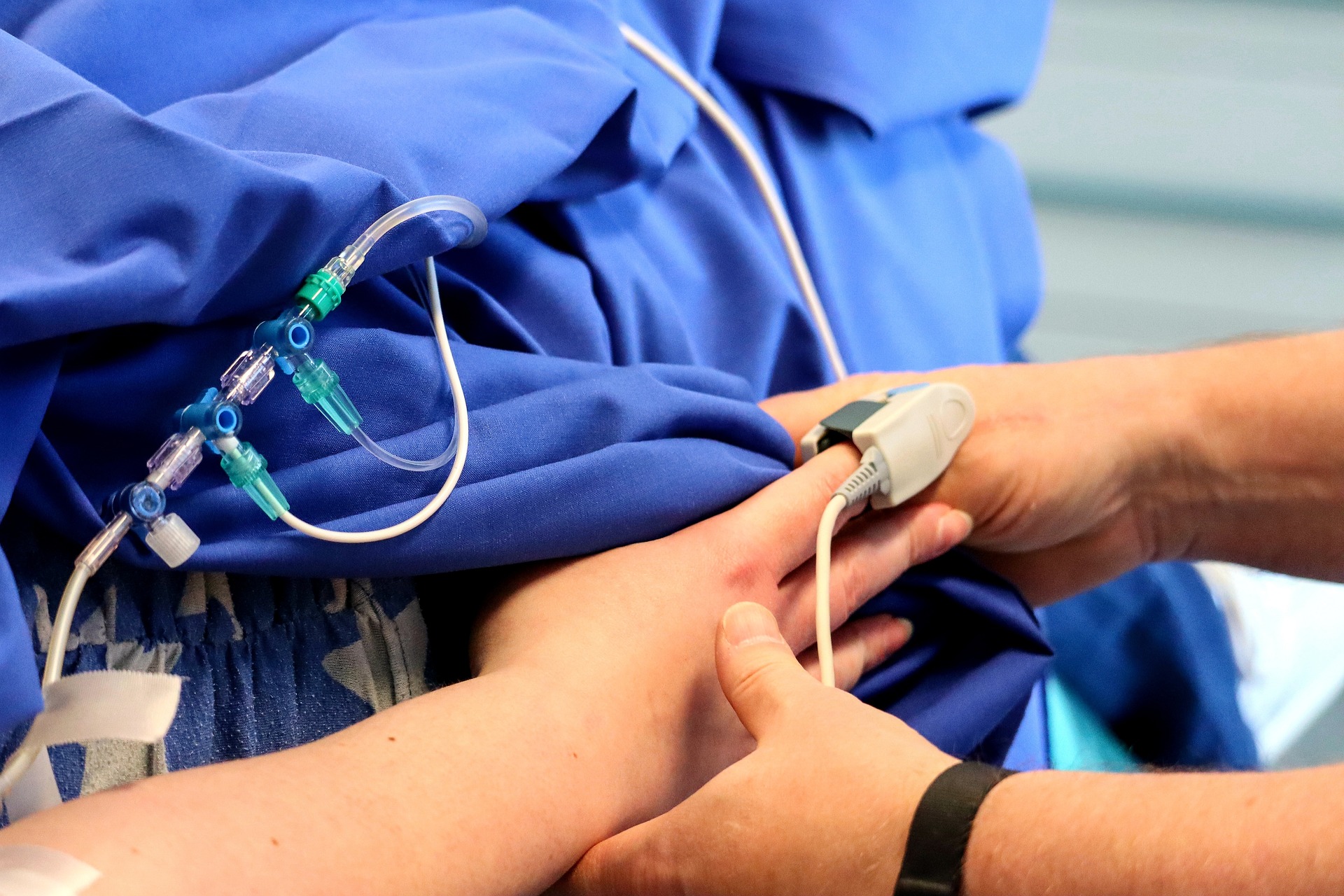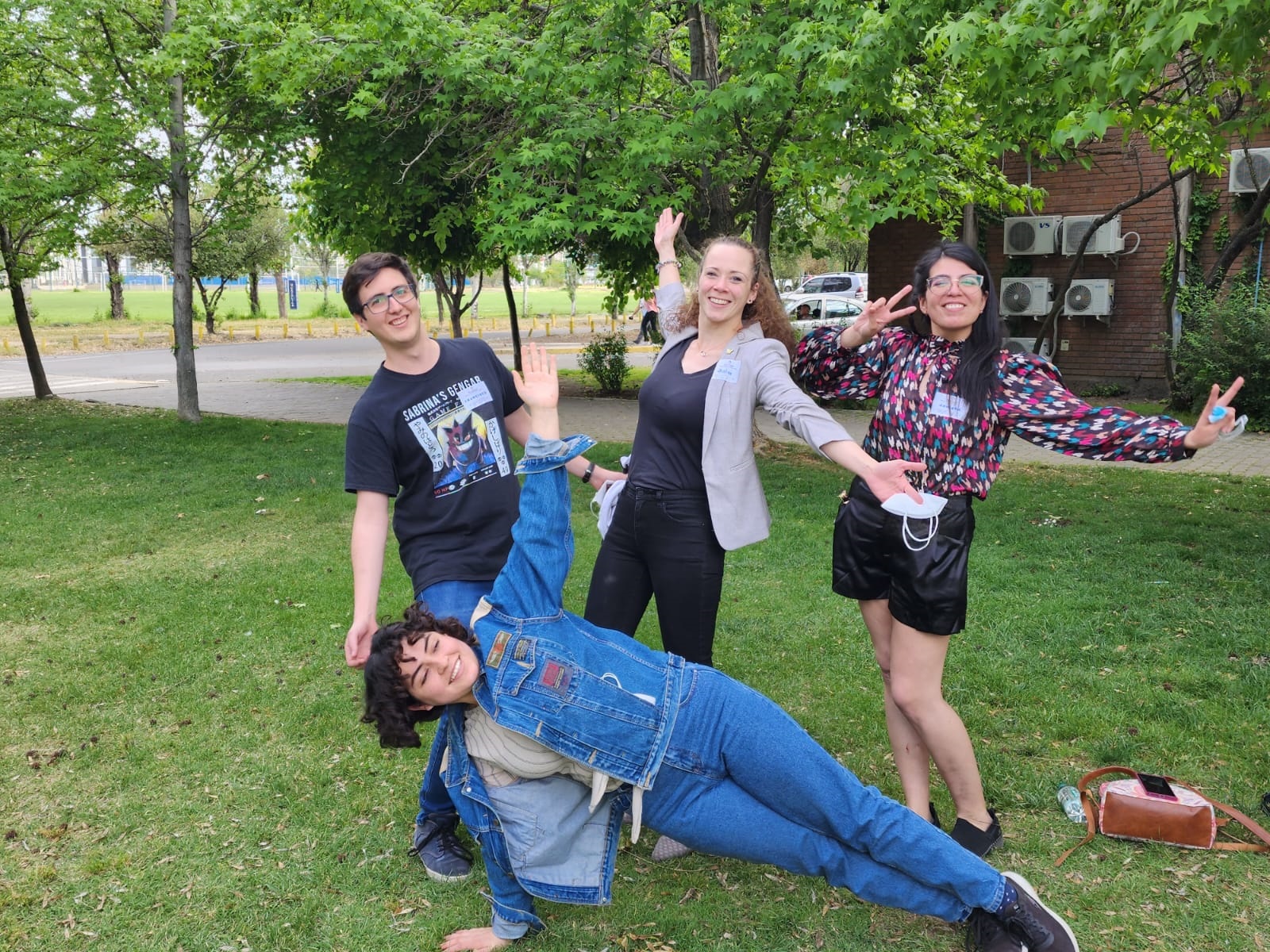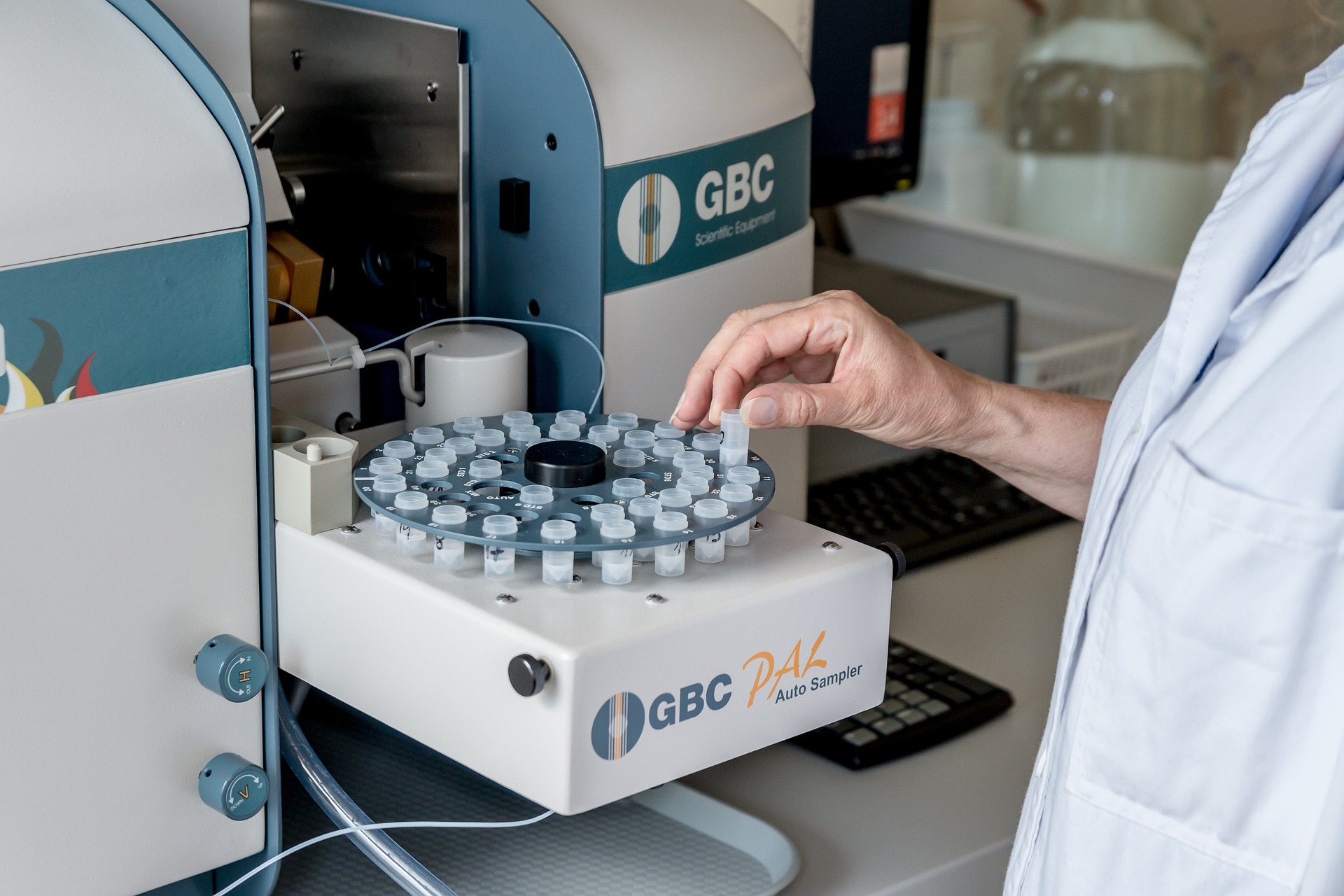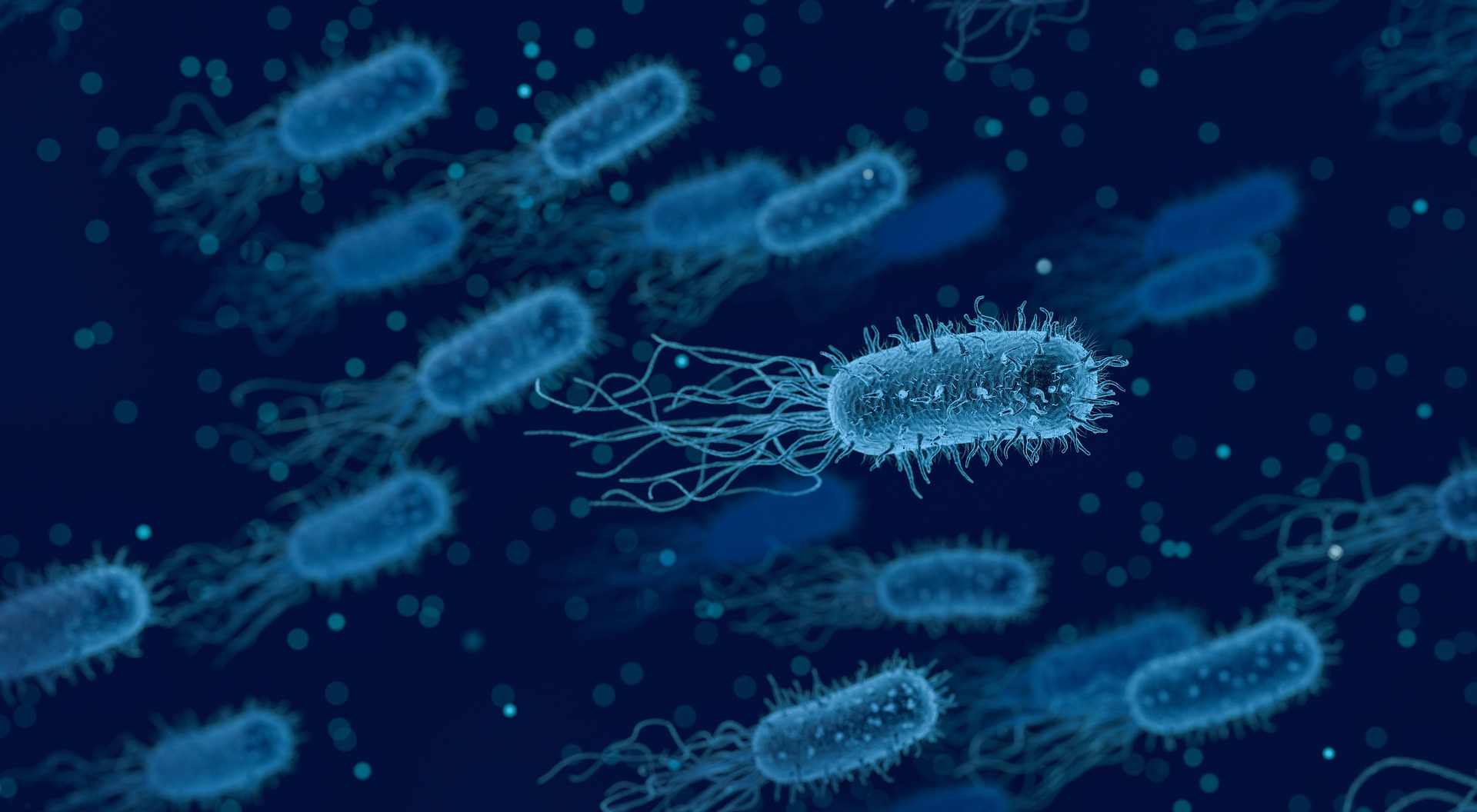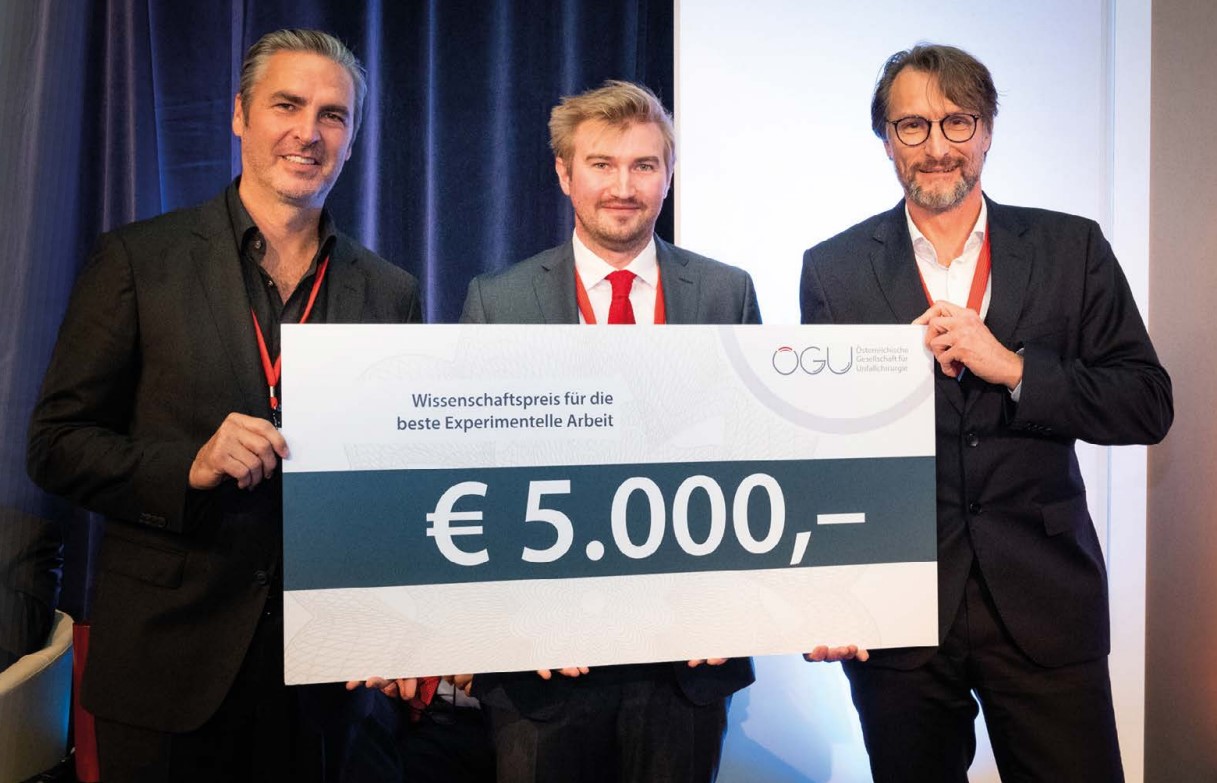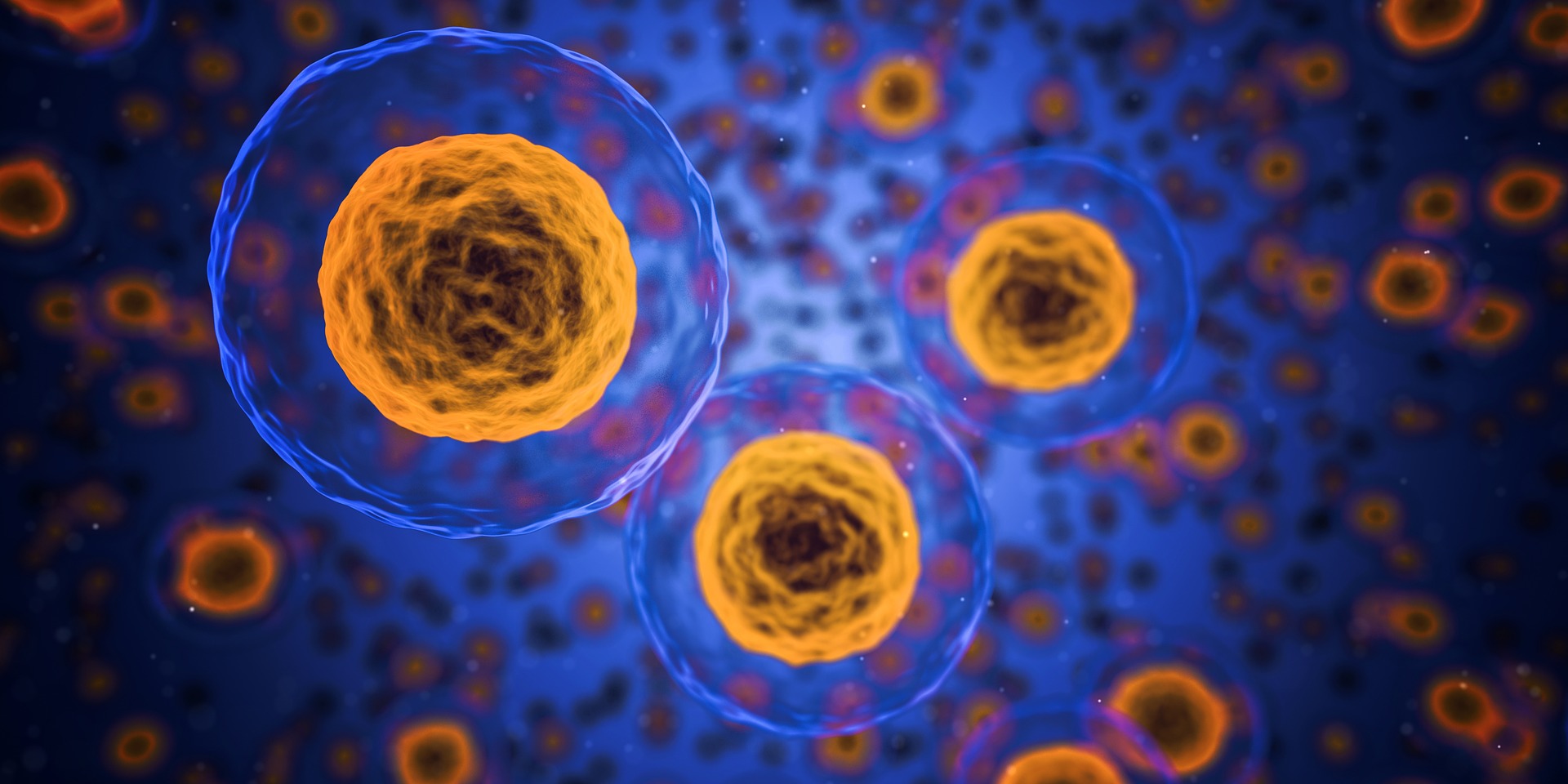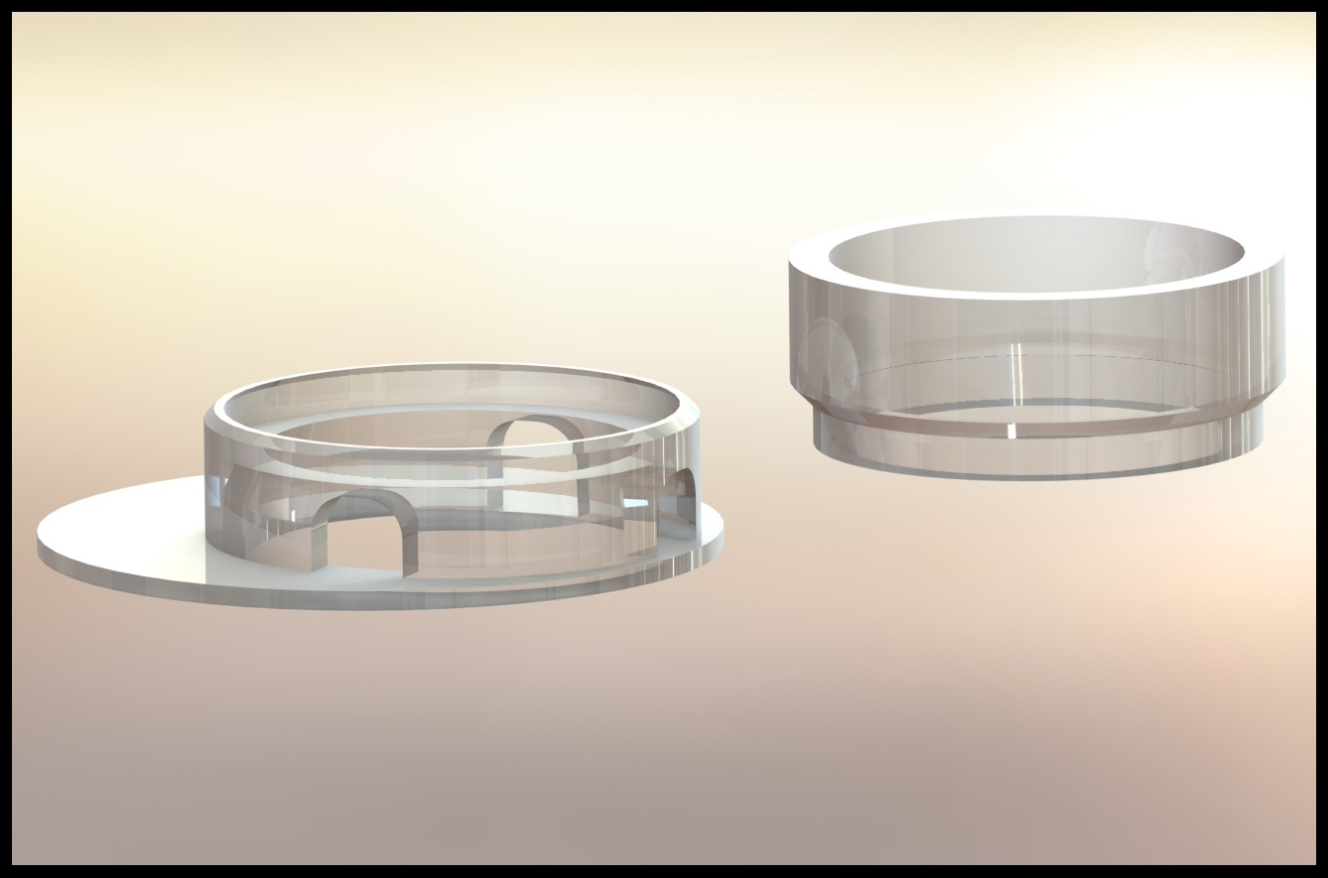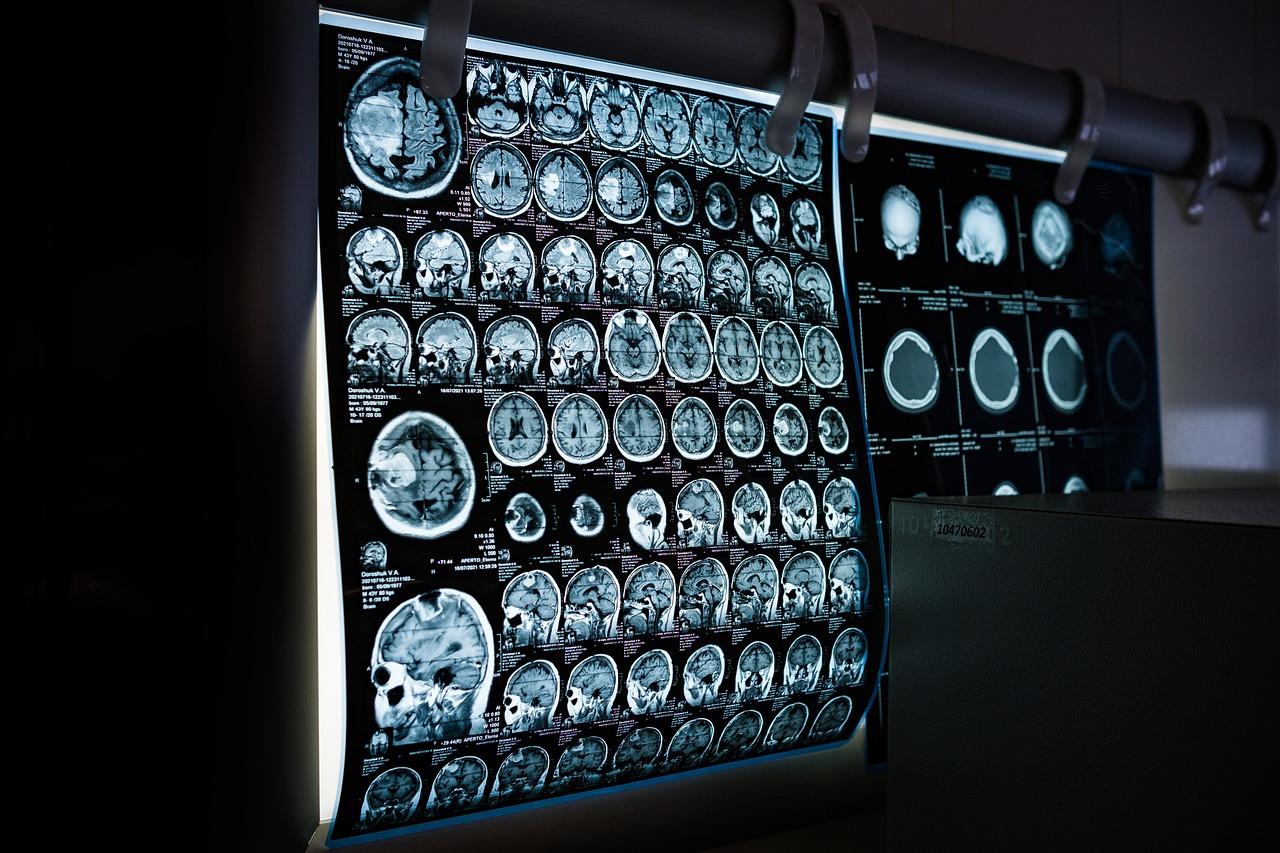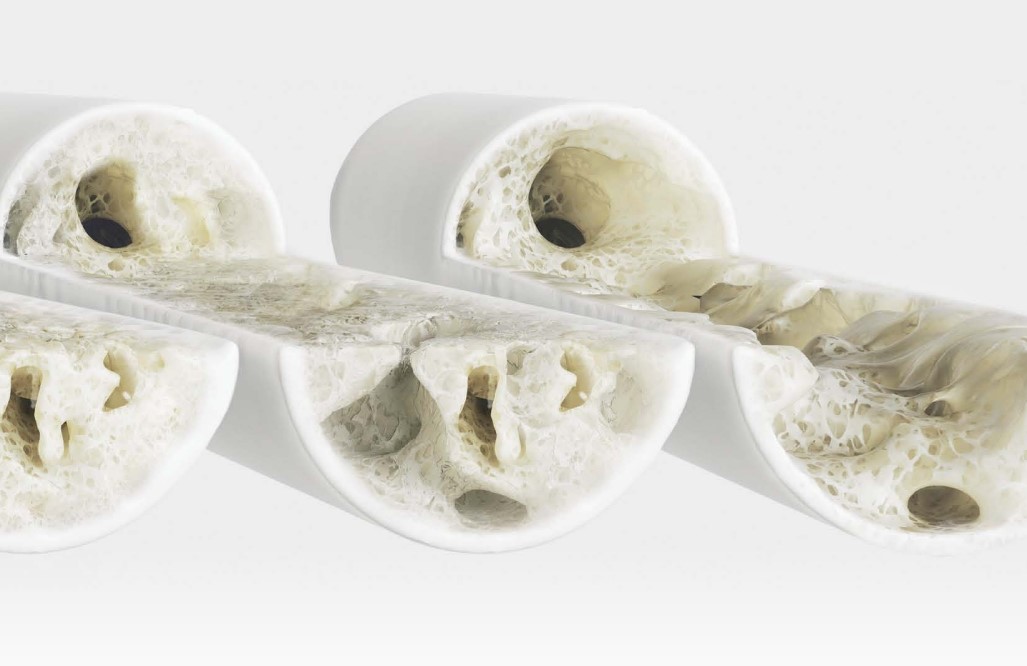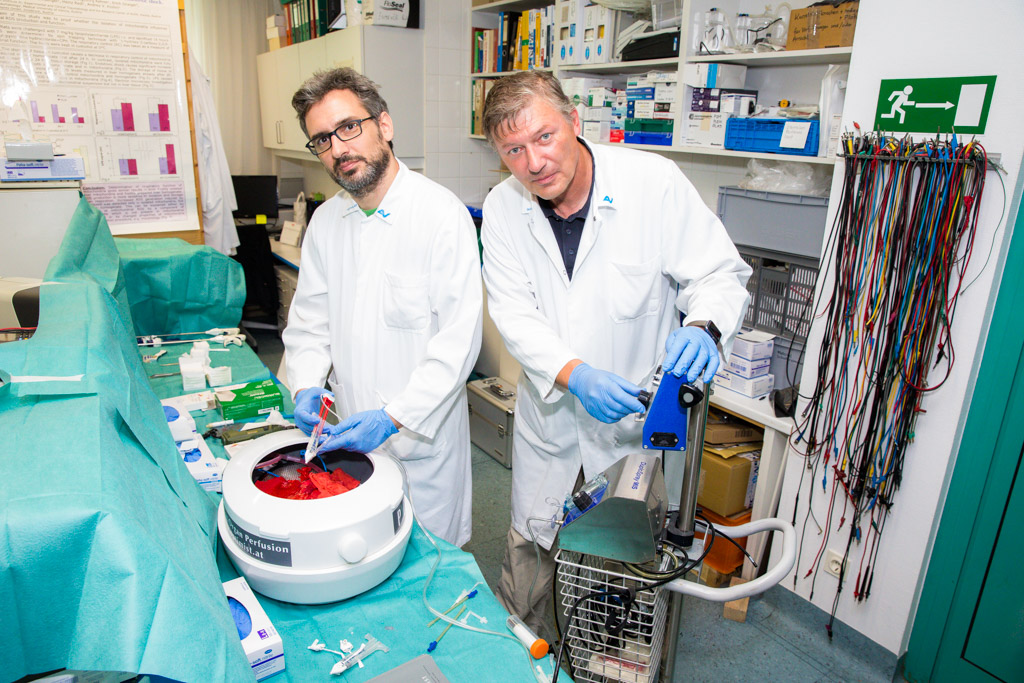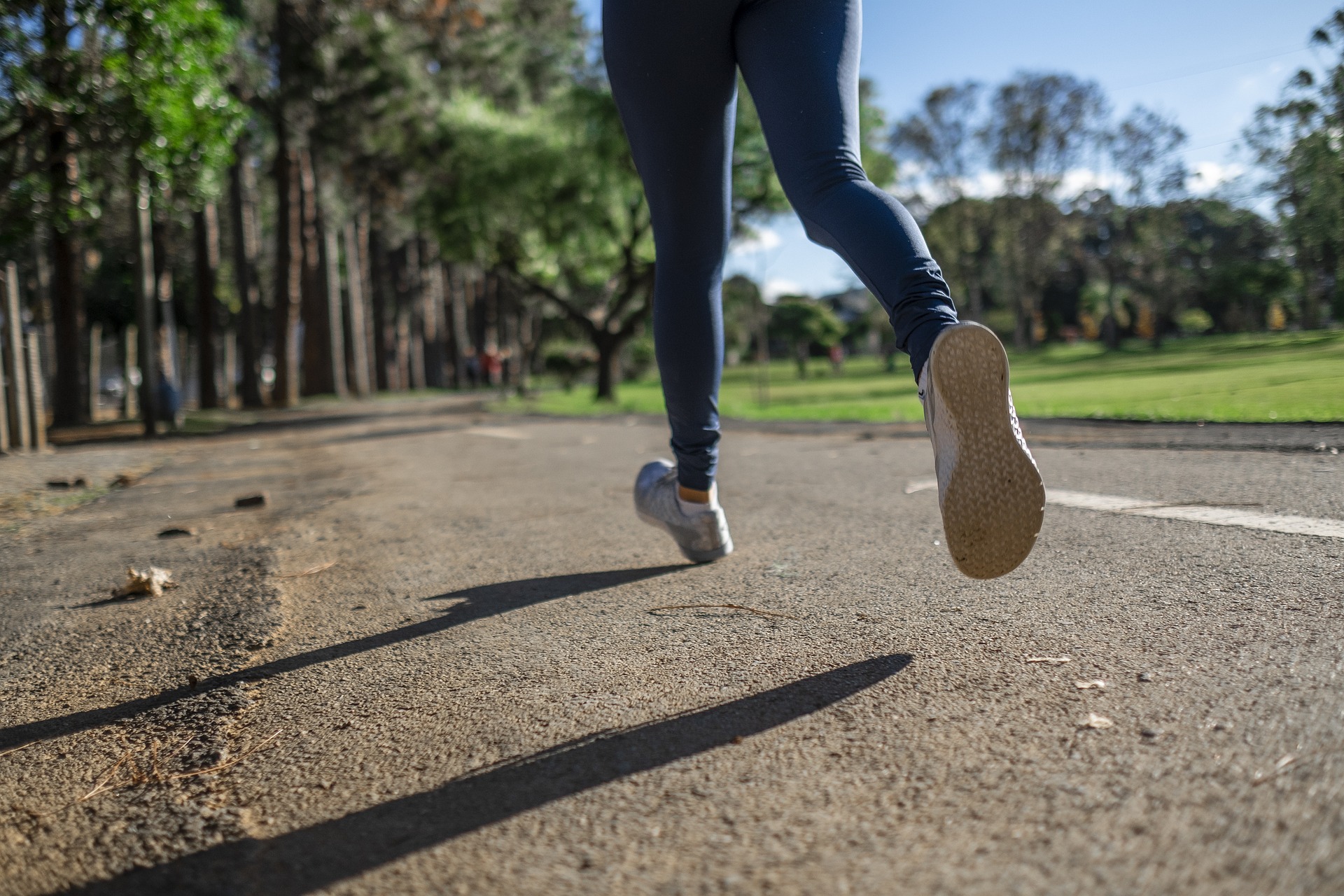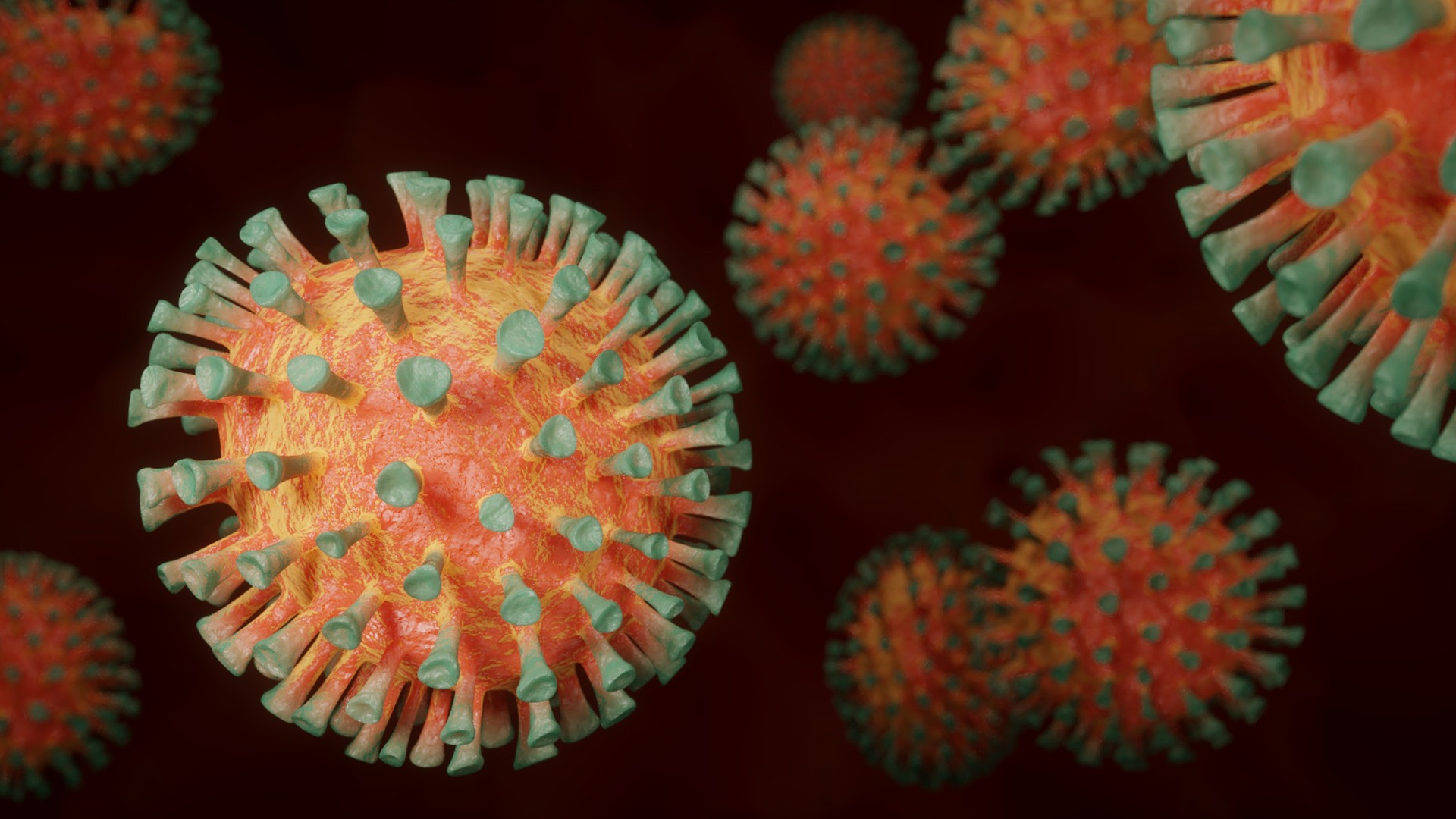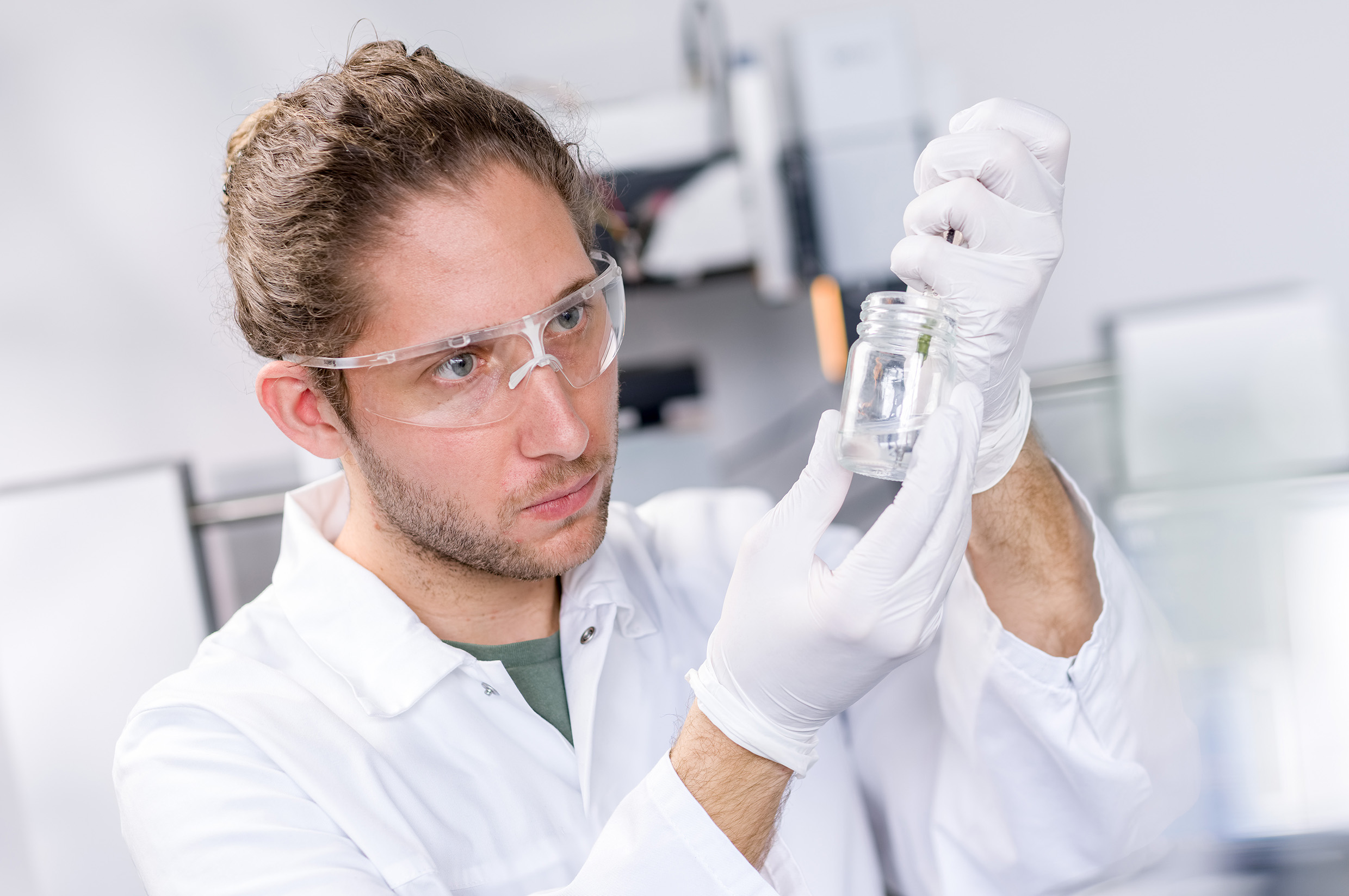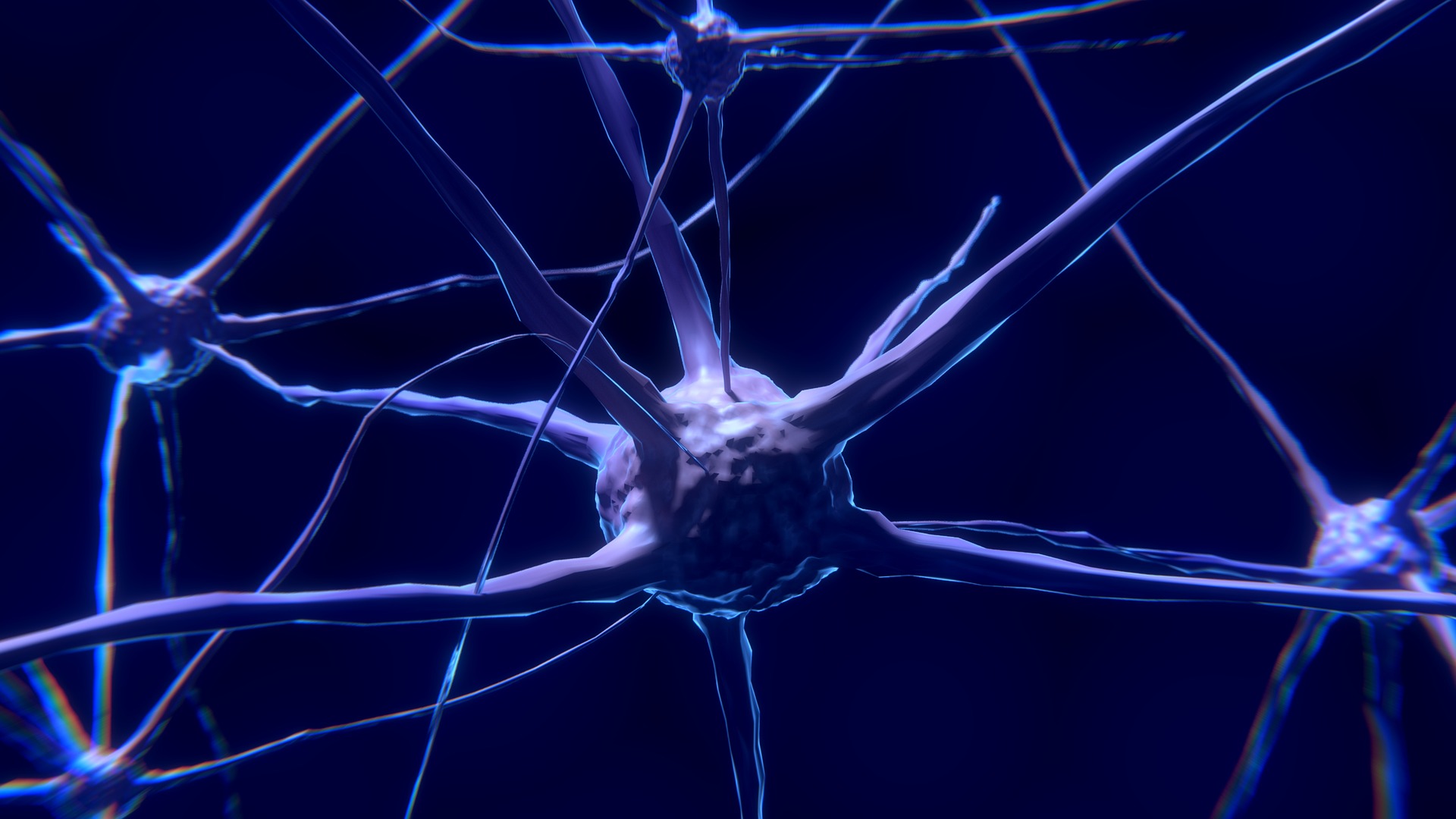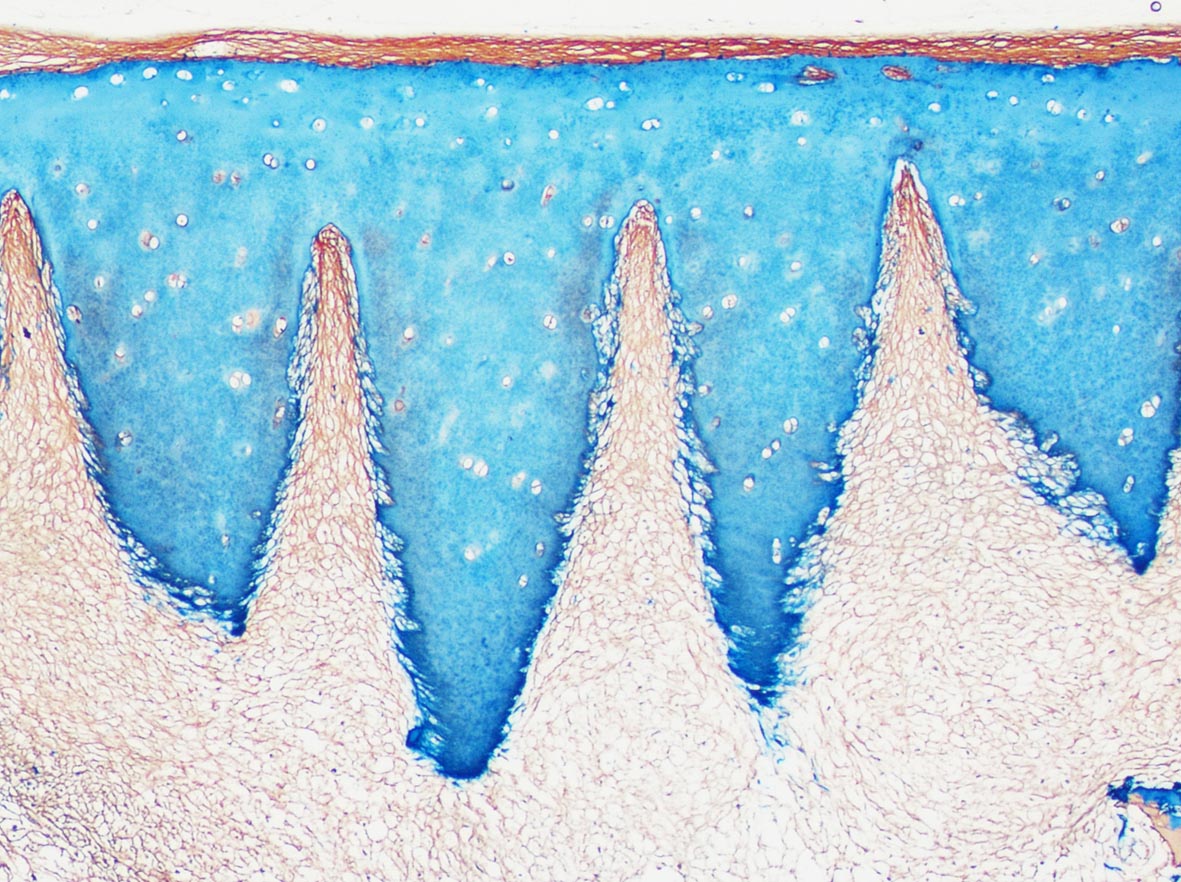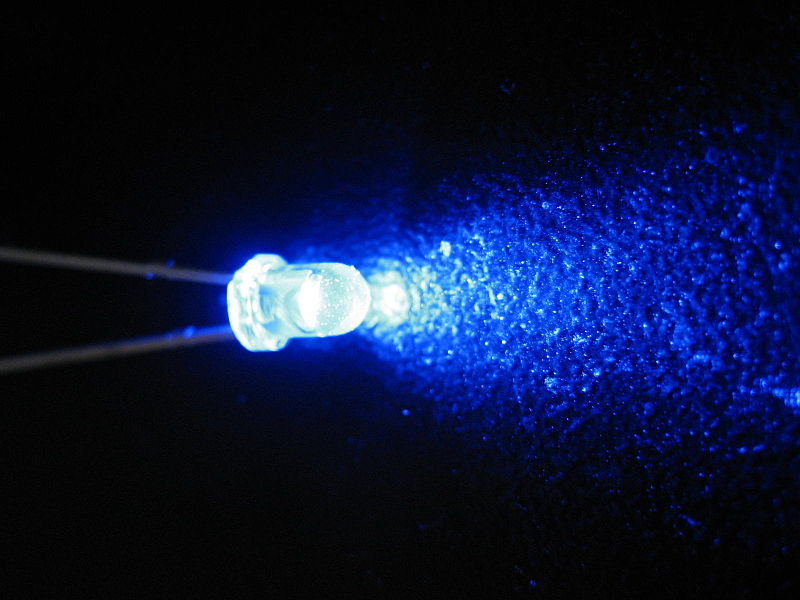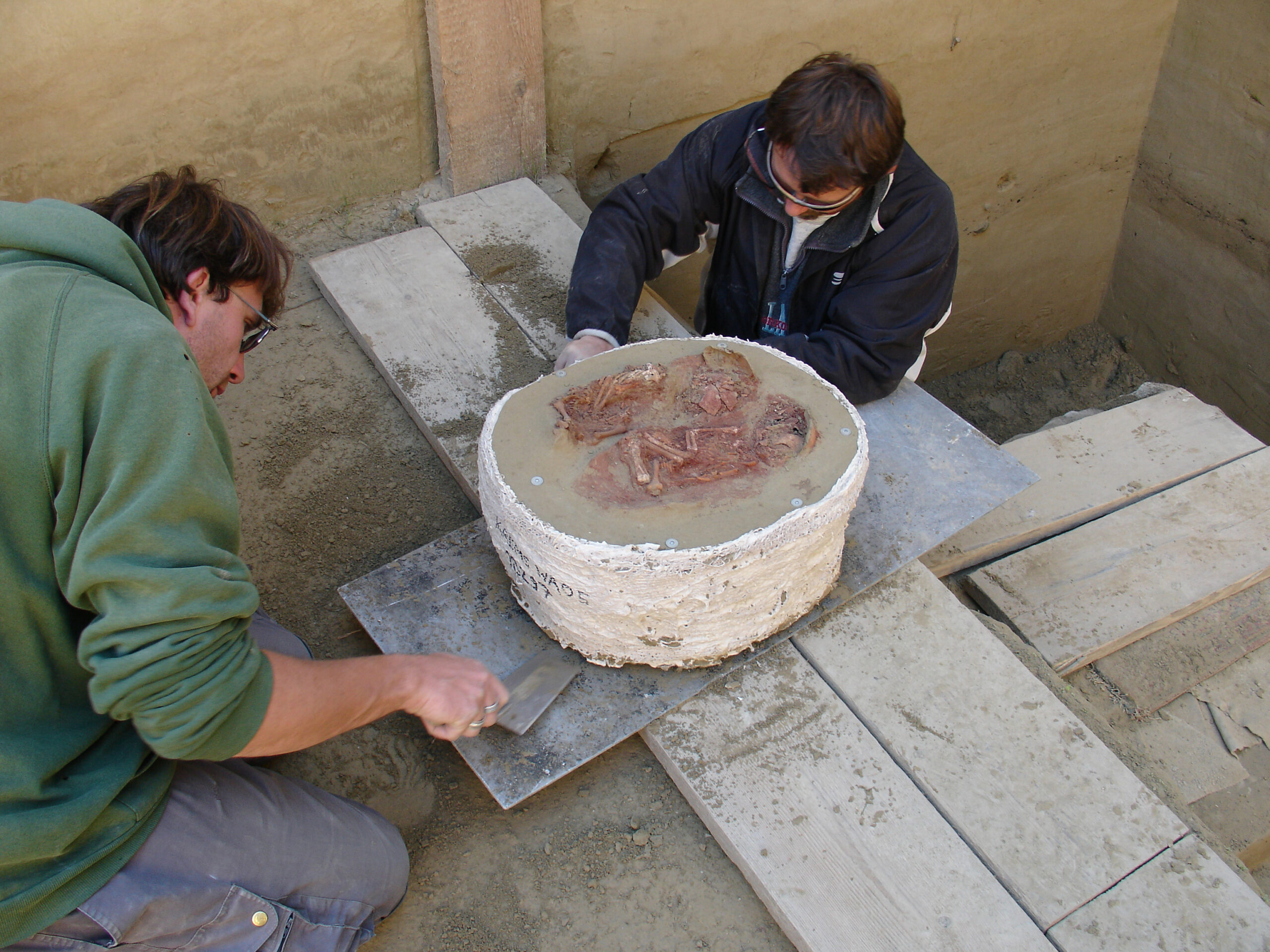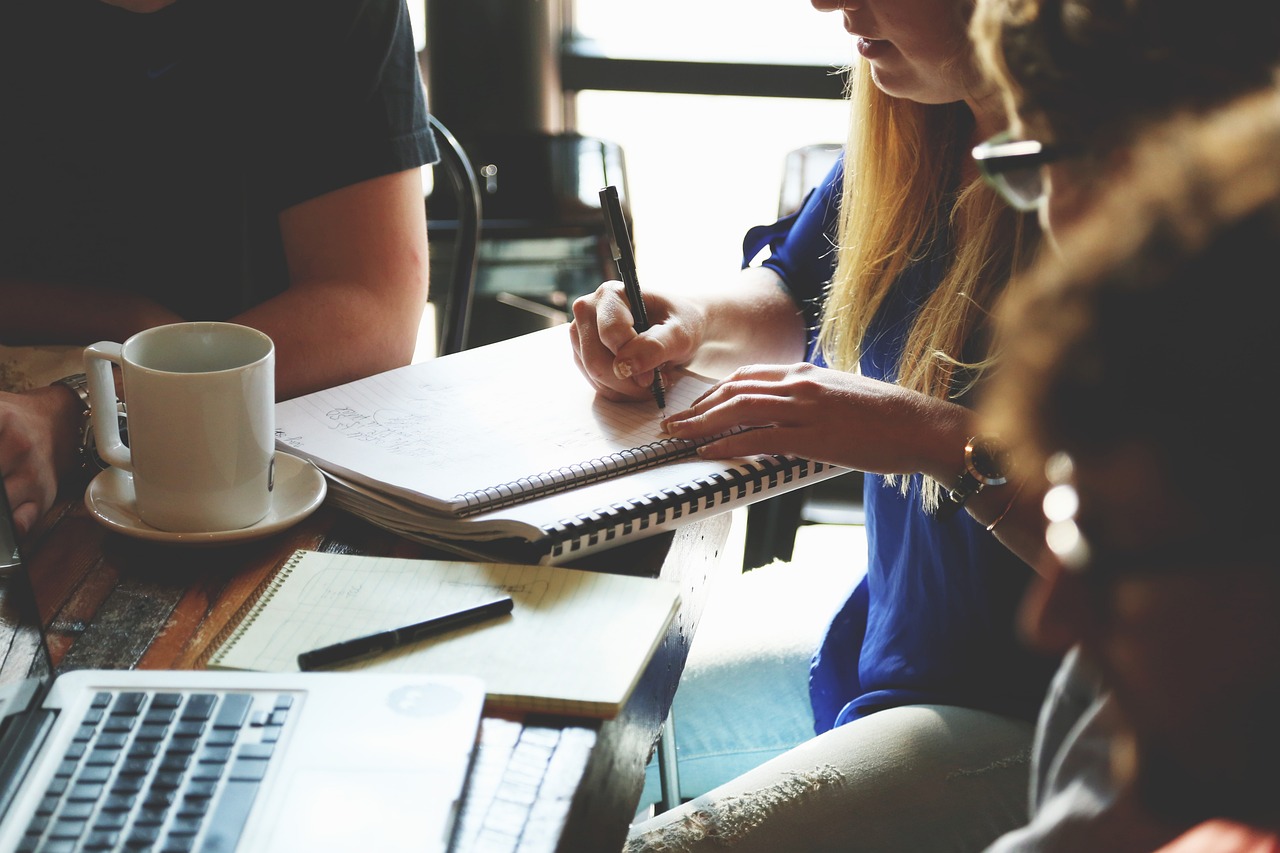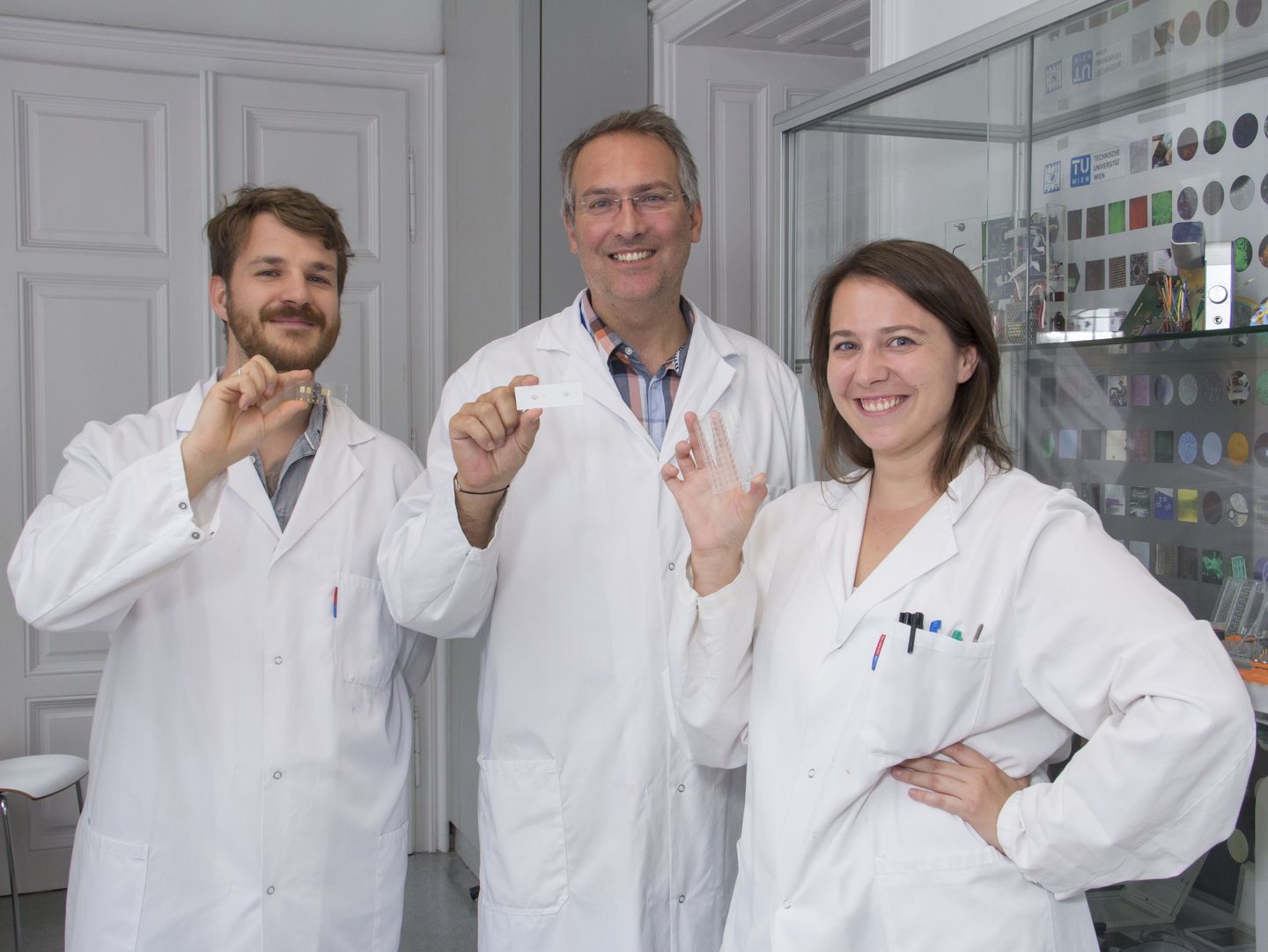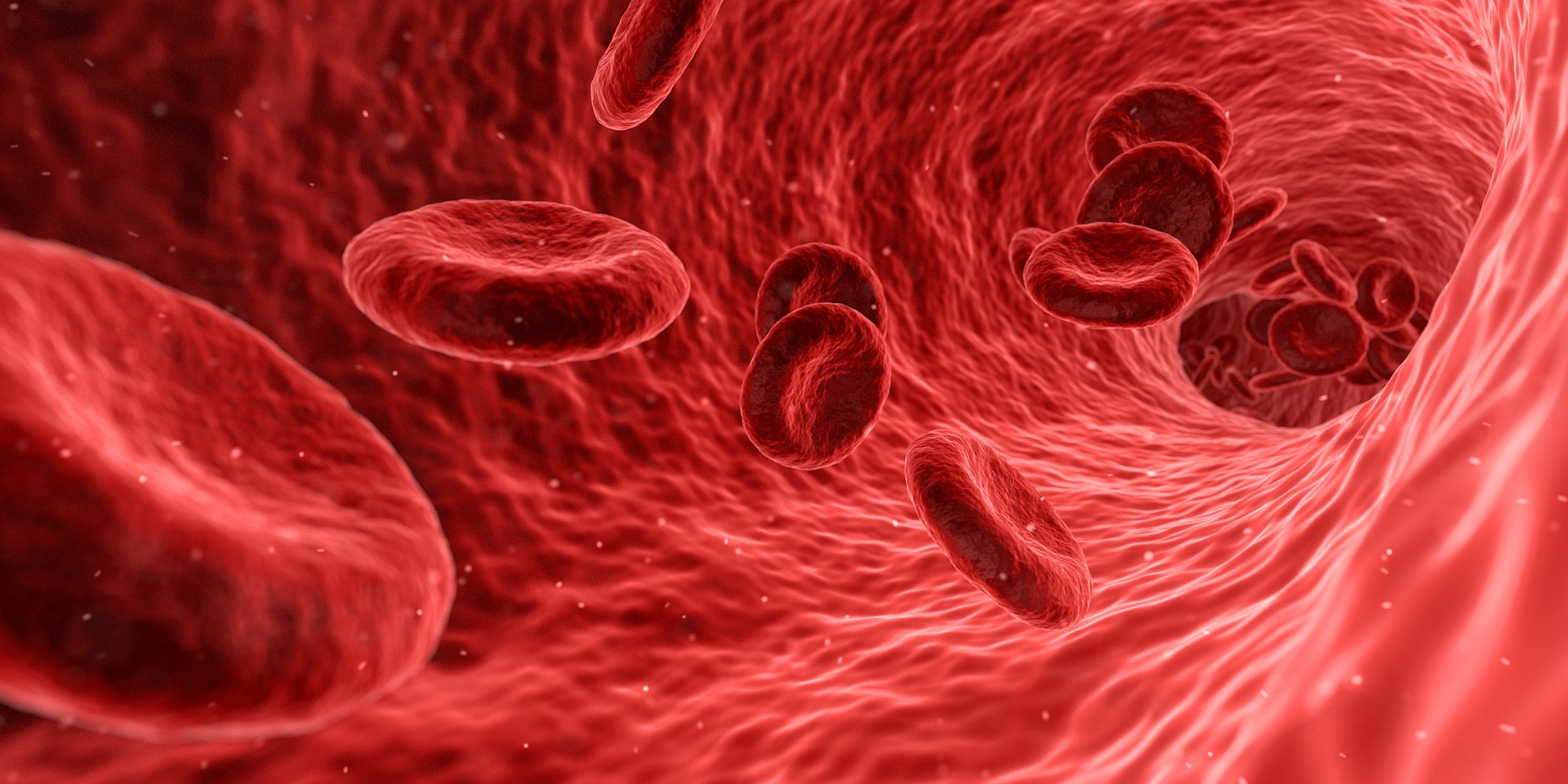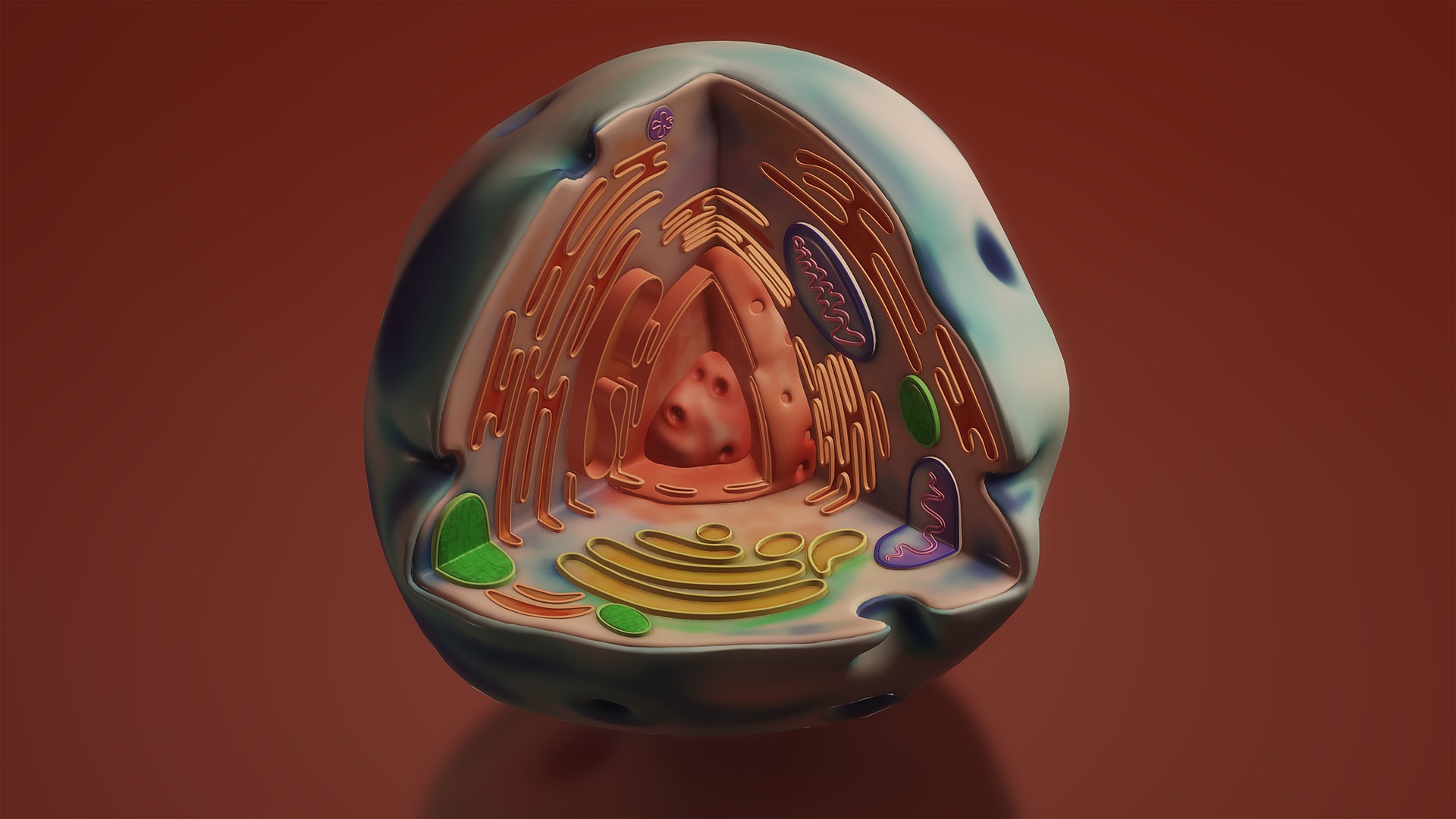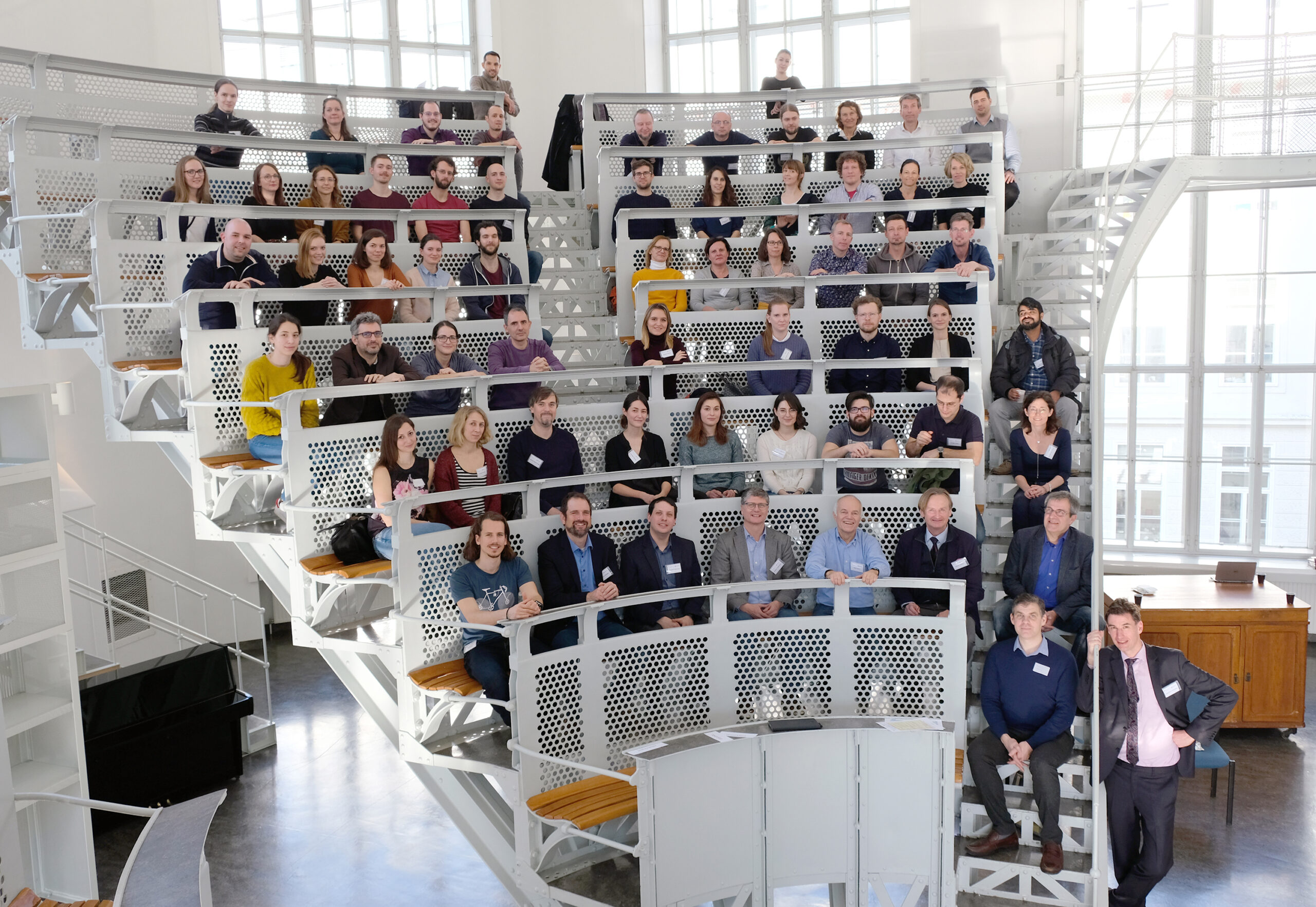Alle!Achtung!
Since 2020, our researcher and science communicator Conny Schneider has been writing for “Alle!Achtung!”, AUVA’s science magazine. The articles are aimed at a broad audience interested in science and range thematically from current findings from research to personal stories from the world of science at LBI Trauma, the Research Center in cooperation with AUVA.
Prevent sepsis – save lives!
Issue from March/April 2024
In Austria, more people die from sepsis than from “common” diseases such as strokes, heart attacks or lung cancer. Despite this, apart from intensive care medicine, sepsis is not talked about enough. There is a need for education, especially before and after an emergency. This is because the early signs of sepsis are often overlooked and long-term consequences are still poorly researched. The LBI Trauma is committed to improving understanding of the disease on several fronts.
About sticky spacers and childhood dreams – Interview with a young researcher
Issue from January/February 2024
In our minds, the image of healing is inextricably linked with images of reunification: Wounds closing, bones growing together, nerve endings finding each other again. The surgeon sutures the edges of the wound together. A nail fixes parts of the bone. In other words: after an accident, we are patched up in hospital. But what if something grows together in our body that doesn’t belong together at all?
How the invisible in wound healing comes to light
Issue from November/December 2023
The Ludwig Boltzmann Research Group on Ageing and Wound Healing (LBG SHoW for short) researches wound healing in the laboratory and in the healthcare system. While the biomedical research team discovered a novel method of visualising healing, the co-creation team is making gaps in patient care visible.
Bridging Bones: A Conversation with Regina Brunauer on Bone Regeneration and Ageing
Issue from September/October 2023
The Ludwig Boltzmann Institute of Traumatology, the research centre in cooperation with AUVA, has a new head of bone regeneration research. Regina Brunauer, PhD is an expert in the field of bone healing in old age. Previously a professor in Texas, she originally comes from the province of Salzburg. In an interview with our science communicator Dr. Conny Schneider, she tells us how she experiences her scientific return to Austria and what she values about her work.
Artificial intelligence detects wrist fractures
Issue from July/August 2023
Artificial intelligence (AI) is used in an increasing number of domains. The computer-based data processing systems help to make work processes more effective and faster. Some even see AI systems as the future of the working world turned upside down, with the human factor soon to be replaced by the computer. At the same time, the internet laughs at AI software that cannot tell a cat from a dog. Has AI even outgrown its infancy yet? Indeed, with the help of machine learning, large amounts of data can already be analysed and processed accurately today. Medicine also benefits from this.
Opening up new perspectives
Issue from May/June 2023
“Please do not lean” is written on a small paper card folded on a buzzing grey box. Wrinkles in the paper tell us that many a person has nevertheless leaned on the box. The box is inconspicuous, and yet the micro-CT is one of the most important and expensive instruments at the Ludwig Boltzmann Institute for Traumatology (“LBI Trauma”). The research institute in cooperation with AUVA has one of the best devices in the country in use.
On the way to pain-free diagnosis of compartment syndrome
Issue from March/April 2023
The muscles of our body are located in closed spaces that are enclosed by connective tissue. These spaces are called muscle compartments. While volume changes are possible in some of these spaces, things get tight quickly – especially in our extremities, the arms and legs – when things get out of balance.
Once at LBI Trauma, always an Alumni
Issue from January/February 2023
Research and learning are inextricably linked. Hence, it is not surprising that the Ludwig Boltzmann Institute of Traumatology (LBI Trauma), the research centre in cooperation with AUVA, places a special focus on the education and training of doctors and researchers. Ever since its establishment more than 40 years ago, the LBI Trauma has not only played a decisive role in shaping research in experimental and clinical traumatology – numerous careers also began here.
The “Austrian Way” of bleeding management
Issue from November/December 2022
Often it is only a moment. A wrong step, a deep fall. A construction worker is taken to the accident hospital under flashing lights after a serious accident at work. He loses a lot of blood. The team on site has been warned in advance by the rescue service and is already waiting for the arrival. Decisions have to be made quickly. The takeover works like a rehearsal, everyone has their role. Blood is taken from the patient. One sample goes to the laboratory immediately, another is fed directly into a device in the shock room. It takes a few moments until the first results are available, then the experts know what to do.
Sepsis: When complications become life-threatening
Issue from September/October 2022
Sepsis, also known as blood poisoning, is one of the most common causes of death worldwide. About every third affected person dies. Early detection is important, as is more understanding of the complex processes that take place in the body before, during and after sepsis. The disease needs our attention. That is why September is Sepsis Awareness Month.
New therapy for rotator cuff tears
Issue from July/August 2022
Our shoulder joint is a true multi-talent. As the most mobile joint in our body, it allows movements along several bending planes and the axis of rotation. Shoulder shrugs, push-ups, wild circles – the shoulder does it all. We have the special structure of the joint to thank for that. The head of the humerus lies in the very flat socket of the shoulder blade and is held in place by a group of muscles called the rotator cuff.
EVs – little bubbles with great potential
Issue from May/June 2022
Extracellular vesicles are THE trend in biomedical research. Hardly a lecture series goes by without the two promising letters being mentioned – EV.
Tissue outside the body: In vitro models in research
Issue from March/April 2022
In vitro studies enable the investigation of biological processes outside of the organism. They allow science to obtain fundamental insights into the human body without the use of animal testing. Toxicity, cell communication, mechanical investigations – all of this can already be observed in cultivated tissue in vitro (Latin for “in a glass”).
In the name of research
Issue from January/February 2022
Prof. Dr. Wolfgang Grisold will be the first Austrian to become President of the World Federation of Neurology on 1 January 2022. The renowned neurologist has been a long-time companion of neuroregeneration research at the Ludwig Boltzmann Institute of Traumatology, the research centre in cooperation with AUVA. Conny Schneider, science communicator at the LBI Trauma, meets Dr Grisold in virtual space for an interview.
Osteoporosis: Focusing on bones
Issue from December 2021
Osteoporosis is one of the most common diseases of old age and the most frequent disorder of bone metabolism, with an estimated 27 million cases per year in Europe. The impact on the lives of those affected can be severe: pain, limited mobility, spinal changes and even the need for nursing care. The best-known consequence of osteoporosis is the increased incidence of bone fractures. At LBI Trauma, osteoporosis is studied on both a large and a small scale. Insights are gained at the macroscopic level of a society as well as at the microscopic level of cell biology.
Going into research without a degree
Issue from November 2021
Science as a dream job – for many it seems to be inseparably linked with a tedious degree and a list of titles in front of and/or behind the name. Michaela Stainer and Karl Kropik from the Ludwig Boltzmann Institute for Traumatology, the research centre in cooperation with AUVA, report that there is another way.
Have you had a look at your legs yet today?
Issue from October 2021
Our legs usually don’t get the attention they deserve. Close to the ground, far away from our head, they are out of sight and out of mind. As a result, leg health suffers: early warning signs that indicate pathological changes are often not noticed – until it is too late.
Significant knowledge about COVID-19
Issue from July/August 2021
The COVID-19 pandemic, which has been going on for a year and a half, has triggered an unprecedented race for scientific knowledge on how to reverse the high infection numbers and limit the consequences of the disease. The resulting flood of scientific data can hardly be kept track of, even by experts. It is becoming increasingly difficult to distinguish between well-founded results, preliminary findings, and hypotheses. This has noticeable consequences, also with regard to the public’s trust in science.
While measures to prevent infection became well-known quickly and vaccinations were developed at record speed, important questions about the disease mechanisms of different courses of the disease – asymptomatic to critically ill – remain unanswered. One reason for this is that the body’s own defense reaction triggered by SARS-CoV-2 is extremely complex and inconsistent. As a result, important prerequisites for the development of evidence-based treatment strategies against COVID-19 are missing.
INKplant: The future of regenerative medicine lies in 3D printing
Issue from June 2021
19 partners – universities, research institutions, companies and hospitals – from seven countries are working together in the INKplant project to find new solutions for the production of personalised implants. To this end, the multidisciplinary team combines different biomaterials and 3D printing technologies.
A matter of nerves – progress in the field of neuroregeneration
Issue from May 2021
Nerves run through our entire body and influence how we feel and move in the world. When a nerve is damaged, the consequences are immediate and often very far-reaching: from pain and sensory disturbances to the loss of function of entire limbs. What is damaged in a few seconds often determines the life of patients for a long time to come.
So that everything runs smoothly: Focusing on cartilage tissue
Issue from April 2021
At first glance, articular cartilage is a particularly simple tissue. It consists of just one type of cell, called chondrocytes, embedded in a collagen matrix, free of nerves or blood vessels. As a thin layer at the end of bones, it ensures that we can move smoothly and that shocks are cushioned. But it is precisely this simplicity that can become a disaster in joint injuries. When cartilage tissue is lost, a lesion is left behind that cannot regenerate on its own because there are hardly any cells to build new tissue. Over time, the condition worsens progressively and, if left untreated, leads to painful joint arthrosis.
Let there be light! Gentle impulses for healing.
Issue from March 2021
“Healing through light” – this promise immediately sets off the esoteric alarm bells for many people. However, light therapy, known in technical jargon as “photobiomodulation”, has indeed been proven to have a great influence on our body cells. The research is in full swing.
Researchers unlock the secrets of a Stone Age infant funeral
Issue from January/February 2021
In 2005, two Upper Palaeolithic infant burials were discovered during research excavations on the Wachtberg in Krems on the Danube. Among them was the 31,000-year-old double burial of two infants, protected by the shoulder blade of a mammoth and well preserved. Genetic, morphological and chemical examinations were able to identify the two infants as identical twins and decipher their short survival time.
New impulses for research – Wound healing in old age comes into focus
Issue from December 2020
“What questions about accident injuries should research address? Have your say!”
With this call, the international crowdsourcing project “Tell Us!”, launched by the Ludwig Boltzmann Gesellschaft (LBG), started in 2018. The aim was to integrate the needs of patients and medical professionals more strongly into research. This is because the flow of knowledge usually only takes place in one direction – new findings flow from the laboratory via clinical studies to the doctor’s office. Experiences, suggestions and wishes from everyday clinical life rarely find their way back to the laboratory bench.
MechanoBiology Competence Centre: a Czech-Austrian success story
Issue from November 2020
The Mechanobiology Competence Centre facilitates cross-border cooperation between Austrian and Czech institutes and is funded under an Interreg programme. The LBI Trauma, AUVA’s research centre, is one of the three Austrian members. Joint research is being conducted into how mechanical forces affect tissue and cells, what signals they trigger in and around the cells and how this can stimulate the body’s own healing process.
When things have to move fast: New blood coagulation test helps in emergencies
Issue from October 2020
A new generation of anticoagulants, the so-called DOACs (short for Direct Oral Anti-Coagulants), effectively protect patients from dangerous blood clots and thromboses. However, this protection can quickly turn into the opposite if an accident happens. If bleeding occurs, the body can no longer stop it. This poses great challenges for both patients and medical staff in accident care. DOACs are enjoying great popularity and are being prescribed more and more often. In order to detect the coagulation disorders triggered by DOACs as quickly as possible, researchers at AUVA have tested the use of a new analytical method. The venom of the chain viper plays an important role in this.
Antioxidants: Friends or foes?
Issue from September 2020
In SIRS (short for Systemic Inflammatory Response Syndrome), there is a severe inflammatory response throughout the body. It can be triggered by burns, severe bleeding, or major organ damage. Patients with SIRS are at risk of multiple organ failure, the mechanisms of which are still not fully understood. For this reason, only symptomatic treatment has been available for these patients until now. Recently, scientists from the LBI Trauma at the AUVA Trauma Centre Lorenz Böhler were able to decipher an important biological mechanism. This knowledge now opens up ways to new treatment options.
Adhesives from nature
Issue from July/August 2020
Almost invisible, they lurk at the edge of the forest and in the high grass waiting for their next potential host: ticks. Known as carriers of dangerous diseases, the small arachnids do not have a particularly good reputation. Yet they can be of great use for research.
Medical recycling – stem cells from human waste material
Issue from June 2020
The human body contains many trillions of cells with a wide variety of specialisations. Cartilage cells, skin cells, blood cells – the list is too long to enumerate completely here. They all live in interaction with each other and with their environment in the tissue. It is therefore also obvious that research was aware of the immense importance of these smallest functional units of our body early on. Since then, attempts have been made to make use of them for healing processes – for many cells have great regenerative potential.
Together for the patient – The Austrian Cluster for Tissue Regeneration
Issue from May 2020
After an accident, tissue is often irreparably damaged or lost, which can lead to major restrictions in patients’ everyday lives. The aim of tissue regeneration research is to produce new functional tissue or to give the body the necessary tools to form new tissue by itself. The areas of application are diverse. For example, when replacing nerves, tendons or blood vessels, it is still common practice to remove tissue from another site to restore functionality. Even if the removal site is “less important”, it remains a second surgical procedure, with associated pain and scarring.
